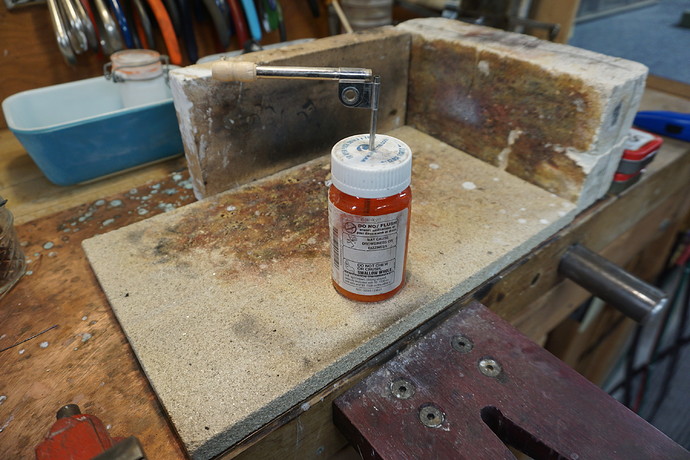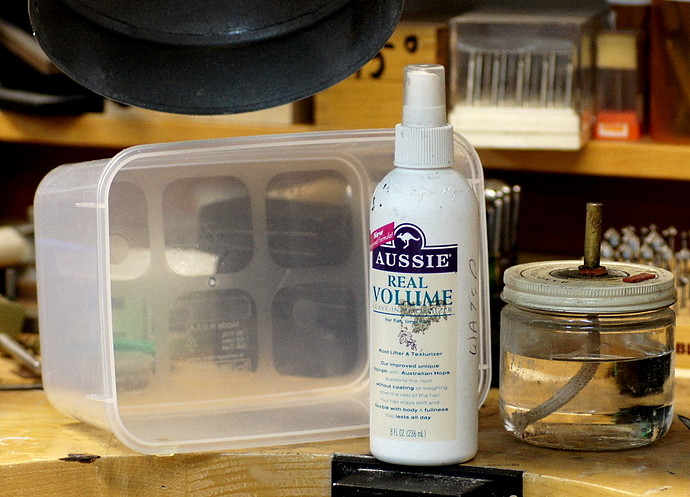This is mistaken. Heating to even easy solder or annealing temps will give you fire stain/,fire scale (the two are different) fire scale is the surface black layer sterling silver gets as copper oxide forms on the surface. It is removed easily by pickling. Preventing oxygen from reaching the surface and reacting with the metal prevents its formation. Fire stain is the reddish/cream colored faint discoloration that sterling silver forms at the same time as fire scale. It is copper oxide that forms below and within the surface of the silver as oxygen penetrates the surface. Both fire scale and fire stain get worse as temperature and time increase. If temps are kept more moderate and time is controlled, the fire scale is easily pickled off, and the fire stain is shallow enough that ordinary polishing will cut through it. With hotter temps and times, the fire stain is thick enough to be a major problem. Solutions include careful prepolish before soldering so after pickling only light polishing is needed which does not cut through the fire stain layer, so the silver is slightly different color, but is acceptably uniform. The famed Danish silversmith George Jensen and co. Was known for this fire stain finish.
Most current silversmiths, however, prefer to prevent the formation of fire stain and fire scale. A number of fluxes can be applied, though not all soldering fluxes will work since the most active soldering fluxes break down fast enough they let oxygen through before heating is done. That can show up as obvious fire scale/stain right adjacent to solder joints. Solutions to the problem are fluxes that will coat the metal and withstand the heat. Typically these include either boric acid or borax, or both. Classical silversmiths would, through repeated applications, build up a borax layer before soldering. This takes some skill and patience, since initially the coating tends to pull away, thus needing repeated applications until a uniform coating is achieved. Goldsmiths have it easier, since a dip in a simple slurry of alcohol and biric acid powder, burned off, will protect gold alloys (and diamonds), but is not sufficient for silver. A flux called Prips flux (named after Jack Prip) consists of a saturated solution of 2 parts each of boric acid and TSP, and 3 parts boric acid in water (use 60 grams each of the first 2, 90 grams borax, a liter of water) to use, spray the Prips flux onto the silver, when the silver is preheated enough that the flux dries on contact to an even white crust. You will usually want additional soldering flux sparingly applied only to the joints. Done right, the work will emerge from the pickle without that white matte color, but with any prepolish shine mostly intact. The time spent with applying the Prips is more than gained back with less polishing required.
There are several commercially produced fluxes which may offer easier (no preheat to spray) application, such as Cupronil, or Firescoff. And for smaller situations requiring less heat and time, the less aggressive soldering fluxes like Batterns may work well enough.
A final solution, often used in industry is furnace soldering, where the furnaces provide an atmosphere controlled environment which allows no oxygen to reach the metal, thus no firescale or fire stain.
Peter Rowe


 wouldn’t be needed.
wouldn’t be needed.